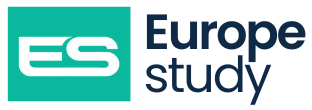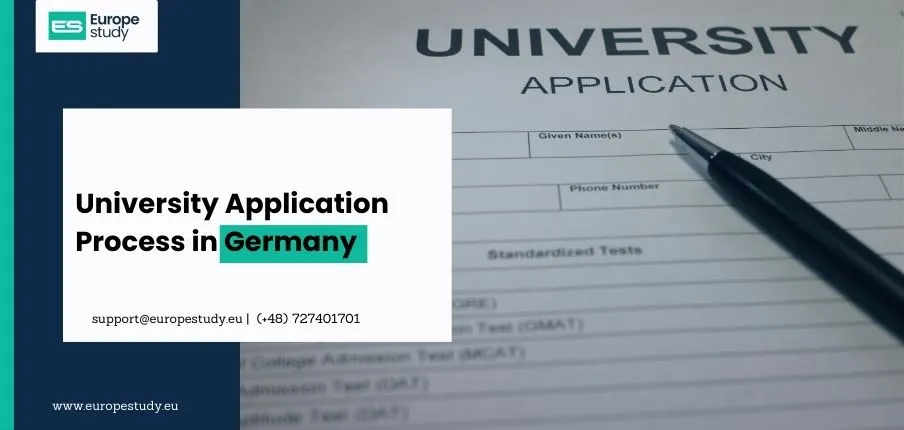
Income-Based Tuition in Italy
In Italy, tuition fees at public universities are designed to be flexible and based on students' family income. This means that the amount students pay for their education is determined by their economic situation, making higher education more accessible.
Tuition Fee Structure
Each public university in Italy has the autonomy to establish its own tuition fees, often setting a range that varies according to specific income levels. Generally, the highest tuition fees at large public universities range between €2,000 and €3,000, which remains relatively low compared to tuition costs in many other countries. This income-based approach to tuition is a commendable initiative, although navigating the associated Italian bureaucracy can be challenging.
The Role of ISEE
The key factor determining the tuition fee you’ll pay is the “Equivalent Economic Situation Indicator,” known in Italian as ISEE (L’indicatore della Situazione Economica Equivalente). This indicator is crucial in assessing your family’s financial status.
For international students who hold assets outside Italy, universities utilize a different form of ISEE, known as ISEE parificato. This option is typically available to EU students and, in some cases, to non-EU students as well.
Document Submission Process
To evaluate your economic situation and determine your tuition fees, you will need to provide a variety of documents related to your and your family’s financial assets. These may include bank statements, tax returns, and your passport. This documentation is usually submitted to tax support offices (CAF – centro di assistenza fiscale) affiliated with the university. It’s important to note that requirements can vary from one institution to another.
While this process may seem daunting, universities often provide support through their official websites and on-campus offices. It’s advisable to reach out to admissions officers or visit the segreteria studenti and ufficio tasse for guidance.
Important Steps to Follow
To ensure a smooth application process, students should take the following steps:
1. Compile a comprehensive list of all required documents.
2. Arrange for official translations of any documents into Italian, if necessary.
3. Be mindful of submission deadlines.
Optional ISEE Assessment
Applying for the ISEE assessment is optional; students who choose not to apply will be subject to the maximum tuition fees set by the university. If you are certain that you would not qualify for a lower fee, opting out of the assessment can help you avoid additional bureaucratic processes.
Additionally, some universities may not offer the ISEE option for non-EU students, instead imposing a flat tax, which is generally more affordable for students from developing or low-income countries.
Understanding the income-based tuition system in Italy is crucial for prospective students, especially those from abroad. While the process can be complicated, with proper preparation and guidance, navigating the Italian higher education system can lead to a rewarding academic experience without excessive financial strain.





